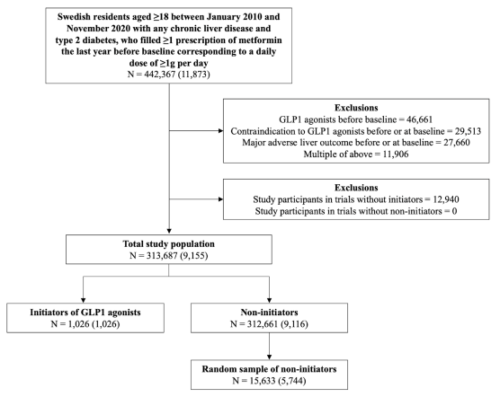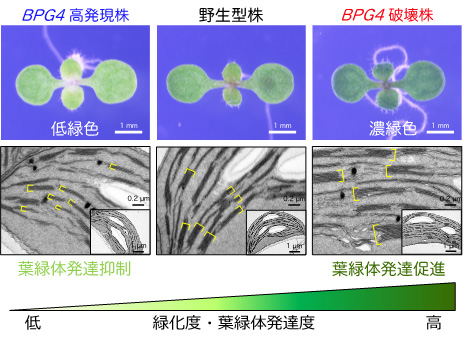2024-01-23 カロリンスカ研究所(KI)
◆GLP1作動薬の長期使用者は、肝疾患の進行を抑制し、肝硬変や肝癌などの深刻な合併症のリスクを低減させました。今後の臨床試験でこれらの結果が確認されれば、GLP1作動薬が慢性肝臓疾患患者における肝臓合併症の予防に有益である可能性が高まります。
<関連情報>
- https://news.ki.se/popular-diabetes-drug-may-also-reduce-the-risk-of-severe-liver-disease
- https://gut.bmj.com/content/early/2024/01/22/gutjnl-2023-330962
慢性肝疾患および2型糖尿病患者におけるグルカゴン様ペプチド-1受容体作動薬と肝臓の主要有害転帰リスク Glucagon-like peptide-1 receptor agonists and risk of major adverse liver outcomes in patients with chronic liver disease and type 2 diabetes
Axel Wester,Ying Shang,Emilie Toresson Grip,Anthony A Matthews,Hannes Hagström
Gut Published January 22, 2024.
DOI:10.1136/gutjnl-2023-330962

Abstract
Objective Phase II trials suggest glucagon-like peptide-1 receptor (GLP1) agonists resolve metabolic dysfunction-associated steatohepatitis but do not affect fibrosis regression. We aimed to determine the long-term causal effect of GLP1 agonists on the risk of major adverse liver outcomes (MALO) in patients with any chronic liver disease and type 2 diabetes.
Design We used observational data from Swedish healthcare registers 2010–2020 to emulate a target trial of GLP1 agonists in eligible patients with chronic liver disease and type 2 diabetes. We used an inverse-probability weighted marginal structural model to compare parametric estimates of 10-year MALO risk (decompensated cirrhosis, hepatocellular carcinoma, liver transplantation or MALO-related death) in initiators of GLP1 agonists with non-initiators. We randomly sampled 5% of the non-initiators to increase computational efficiency.
Results GLP1 agonist initiators had a 10-year risk of MALO at 13.3% (42/1026) vs 14.6% in non-initiators (1079/15 633) in intention-to-treat analysis (risk ratio (RR)=0.91, 95% CI=0.50 to 1.32). The corresponding 10-year per-protocol risk estimates were 7.4% (22/1026) and 14.4% (1079/15 633), respectively (RR=0.51, 95% CI=0.14 to 0.88). The per-protocol risk estimates at 6 years were 5.4% (21/1026) vs 9.0% (933/15 633) (RR=0.60, 95% CI=0.29 to 0.90) and at 8 years 7.2% (22/1026) vs 11.7% (1036/15 633) (RR=0.61, 95% CI=0.21 to 1.01).
Conclusion In patients with chronic liver disease and type 2 diabetes who adhered to therapy over time, GLP1 agonists may result in lower risk of MALO. This suggests that GLP1 agonists are promising agents to reduce risk of chronic liver disease progression in patients with concurrent type 2 diabetes, although this needs to be corroborated in randomised trials.


